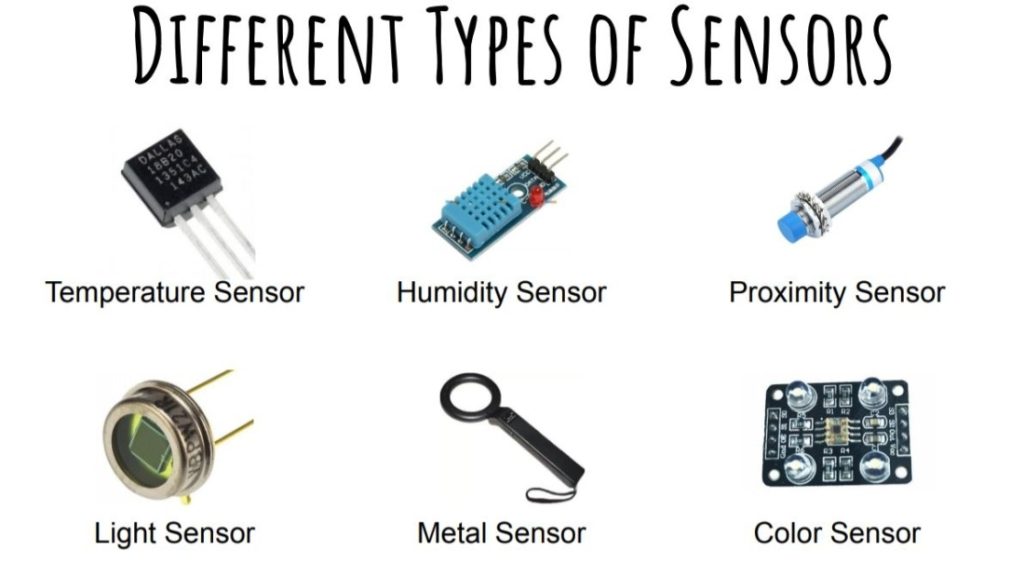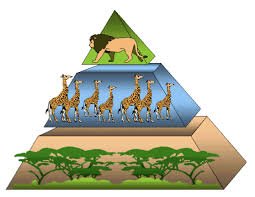Science is the most fascinating field of work that is developed by humankind. Science is based on facts and figures and shows the absolute accurate results and not opinions and statements. The development of science over the years has been massive due to technological improvement and acceptance. Thus, it becomes a necessity to be aware of science and its work. Therefore, Podium brings you the most amazing science facts over the years that have caught the attention of mankind.
If you have interest in science, there is another article for you
Science Facts
Fact 1
A walking stride similar to that of patients with leprosy is caused by severe diabetic neuropathy in the feet. Normally, you adjust your gait throughout the day, going from longer to shorter steps and changing your foot posture as your muscles and joints become achy or tired. Because diabetic neuropathy impairs both sensation and position sense, diabetics who do not alter their walk to relieve pain risk developing a “slapping” gait (to feel the ground) and falling. They can develop Charcot joint (ankle joint destruction) as a result of repeated injuries, have “rocker bottom” feet, toe abnormalities, and, of course, diabetic foot ulcers.
Fact 2
Because your nose is connected to the same pipes as your tear ducts, it runs when you cry particularly hard.
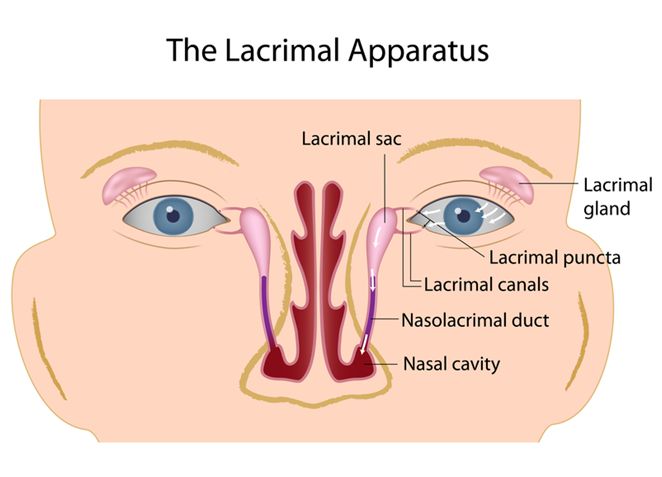
Fact 3
Squirrels can survive a fall from a high altitude.
Facing difficulty to teach science, read this article and make it easy for yourself.
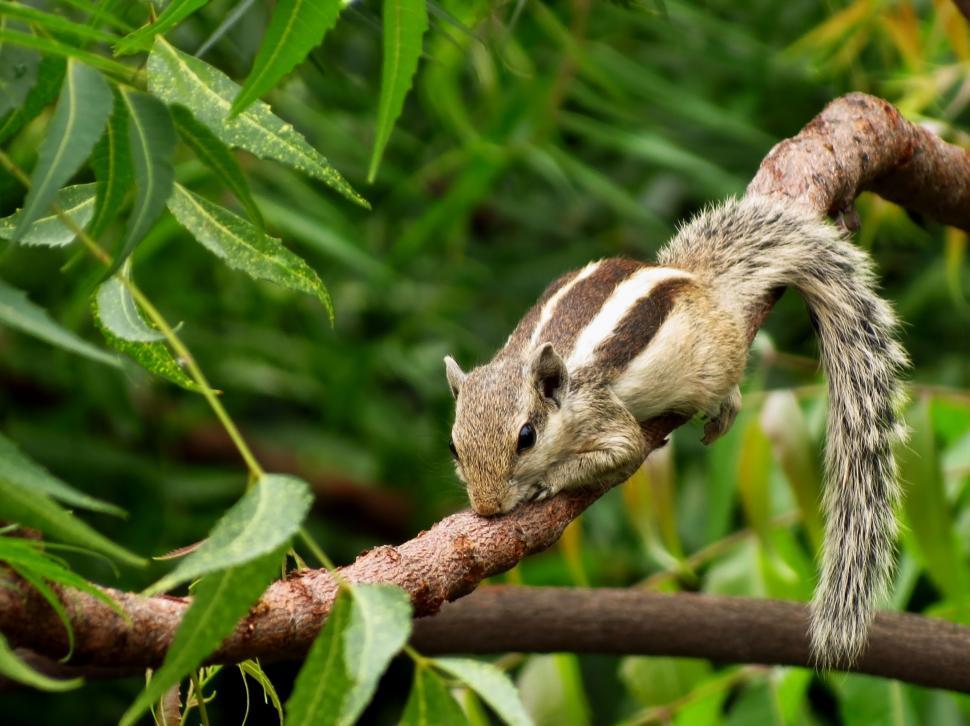
Fact 4
Time is slightly slower at higher altitudes than at lower altitudes, by fractions of a second.
Fact 5
Muscles are only able to contract. Muscle tissue is incapable of pushing. It doesn’t seem like much until you understand that activities like poking your tongue out of your mouth are entirely the consequence of pulling rather than pushing.
Fact 6
Venus is the only planet that rotates in a clockwise direction.
Fact 7
They write you off and say all medical supplies spent on you on the International Space Station if you bleed more than 100ml/min.
Fact 8
Female bedbugs lack vaginal openings; instead, the male bedbug stabs her and ejaculates into her circulation, where the sperm cells float around until they reach their intended destination.
Fact 9
If you ever have a cut that won’t stop bleeding, you’re likely deficient in vitamin K, which aids in blood clotting. Vitamin K can be found in a wide variety of foods. Leafy greens, in particular! That’s why persons on warfarin (and, I believe, other anticoagulants) should limit their greens intake…ideally, they should eat them in moderation and strive for the same quantity every day to maintain their warfarin levels.
Fact 10
When you take a shot of alcohol, your body’s receptors are activated, signalling that your body is on fire/exposed to heat, which is why alcohol burns when you drink it. To be more exact, it raises the sensitivity of those heat receptors (the same ones that spicy foods do), causing your body heat to seem excessively hot.
Fact 11
When aluminium is exposed to gallium, a unique chemical reaction occurs, giving the metal the strength and feel of thick wet paper.
Fact 12
The earth rotates in about 23 hours and 56 minutes, rather than 24 hours. But, it also revolves 1/365th of the way around the Sun during that rotation. It takes another 4 minutes for every individual point on Earth to return to the same (approximate) angle it was 24 hours before relative to the Sun (approximate because axial tilt creates seasons).

Fact 13
The immense pressures in the ocean’s depths have nothing to do with the ocean’s width. It’s all about depth. To put it another way, you can create a steel straw the width of a drinking straw, lengthen it to a mile, and then fill it with water to the brim: At the bottom of that straw, there will be 2,285 pounds of pressure…
Fact 14
Bacteria outnumber all other forms of life in our ocean. However, there are more viruses in our ocean than bacteria.
Fact 15
An iceberg’s 89 per cent is always submerged.
Fact 16
In the womb, babies develop moustaches.
Fact 17
When Google’s X Lab fed 10 million YouTube images to a neural network with 16,000 computer processors for machine learning, the network came up with the concept of a cat as the first thing it accomplished.
Fact 18
On the periodic table, there is a radioactive element that rapidly disintegrates. We have no idea what color it is. It is self-evident that it can only be created in a particle accelerator. Astatine is what it’s called.
Fact 19
When you’re sleeping, you don’t swallow. So you don’t drown in your own spit, your salivary glands slow down.
Fact 20
Carrots have been bred to be orange. They used to be purple and a lot tougher, like an undercooked yam.
Fact 21
A prickle is a collection of porcupines.
Fact 22
The most powerful opioid is carfentanil, which is meant to calm elephants but has no medical utility in humans and can be overdosed on in as little as 2 micrograms (not milligrammes). That’s about half a grain of salt.
Fact 23
Animals that are active during the day are known as diurnal. Nocturnal animals are those that live at night. Crepuscular animals are those that emerge at dawn and dusk.
Fact 24
When two pieces of steel are polished, the friction between them is reduced, allowing them to glide more easily. Then you’d assume that polishing them to the point where they’re completely smooth on an atomic level would result in nearly no friction. Apart from the fact that it’s impossible, it would actually be the polar opposite. You’ll need some rugosity to allow a small amount of air to pass between your steel pieces, otherwise, the suction between them will be so powerful that it will be nearly difficult to separate them.
Fact 25
The US technically beat the Soviets by launching an object into space first, a manhole cover. While testing a nuclear in 1957, an astronomer accidentally fired a manhole cover. It travelled at a speed of 201,168 kph, or 5 times the Earth’s escape velocity (125,000 mph).
Fact 26
Spiders are unable to move due to the lack of muscles in their bodies. They move by pumping blood throughout their bodies and legs, similar to how a car’s hydraulics work!
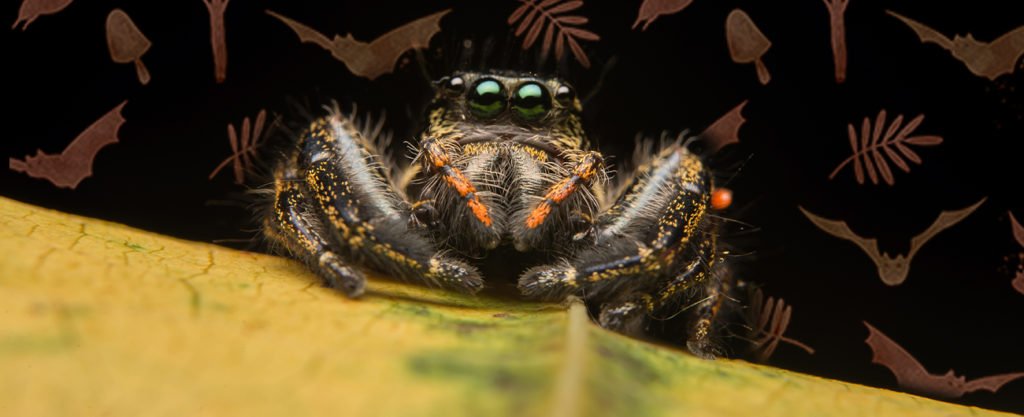
Fact 27
Kangaroos can leap higher than most houses. I’ll throw in one more scientific fact. A typical house is incapable of leaping.
Fact 28
The moon is receding from the earth at a rate of around two inches per year.
Fact 29
Sunflowers are recognised for their hyperaccumulative properties.
Fact 30
The world has a distinct colour, scent, and flavour!
According to research from Johns Hopkins University, the average hue of the universe is a beige/cream shade known as a ‘cosmic latte.’ Ethyl formate, the same molecule that gives rum its fragrance and raspberries their flavour, is found in the universe’s core. As a result, the world is cream-coloured, rum-scented, and raspberry-flavoured!
Fact 31
Jupiter is greater by 318 times the mass by that of Earth.
Fact 32
Koalas have smooth brains and thick skulls, which act as helmets because they frequently fall from trees.
Fact 33
Given proper suction devices, the human body can be drained of blood in 8.6 seconds.
Fact 34
According to some physics theories, time and space around a black hole can be so twisted that if you fall into it, you could possibly exit the black hole before falling in, then watch yourself enter the black hole to repeat the cycle.
Fact 35
Apple does a better job than coffee at waking you up in the morning.
Fact 36
A cockroach can survive without its head for up to a week.
Fact 37
The reason you feel weary after eating is that your stomach expands, which causes your diaphragm to push against your lungs, causing you to breathe less and hence feel tired.
Fact 38
A hydrogen atom has a mass that is less than the sum of its constituent particles.
Fact 39
We have wisdom teeth as a result of evolutionary processes. The necessity for strong, broad jaws became obsolete as people learnt to cook, but there was no requirement for smaller teeth. Jaws shrank by the same number of teeth.
Fact 40
Gravity is caused by the curvature of time rather than the curvature of space.
Fact 41
Inhaling volcanic silica dust causes pneumonoultramicroscopisilicovolcanoconiosis, a lung disease.
Fact 42
Ants have two stomachs, one for themselves and one for sharing with other ants that haven’t gotten any food.
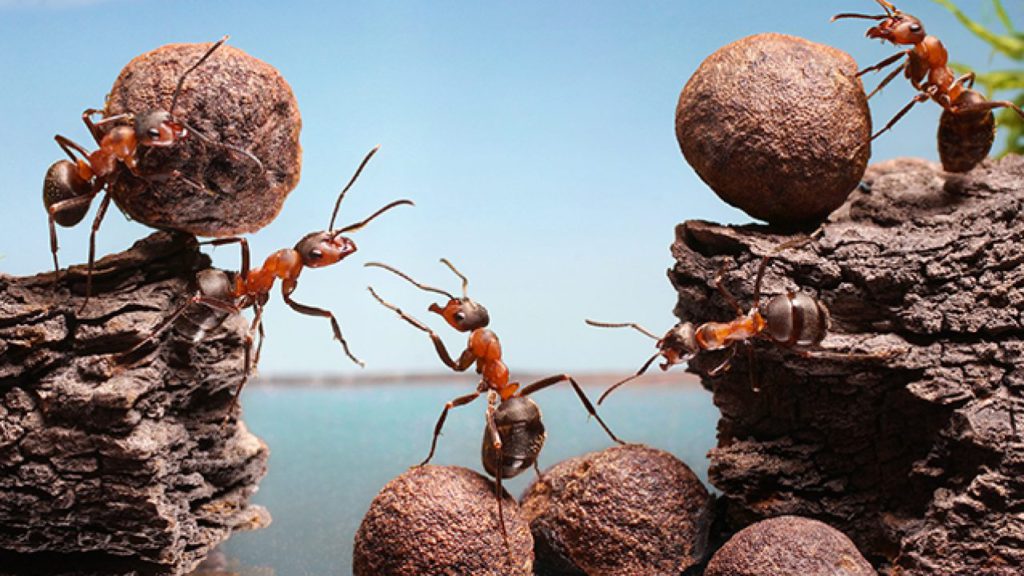
Fact 43
Pigeons have five colour receptors in their eyes, but humans only have three. Pigeons, therefore, have a wider range of colour perception than humans.
Fact 44
Men have longer eyelashes as a result of evolution, as men used to go hunting and needed longer eyelashes to keep dirt out of their eyes. Women, on the other hand, can distinguish colours better than men because they used to pick all kinds of wild berries and such and used colour to figure out what was edible and what was poisonous.
Fact 45
Even though dragonflies have six legs, they are unable to walk.
Fact 46
There’s no way to tell if it’s metal or not. The molecule 1-octen-3-one is responsible for the metallic odour we associate with metal.
Fact 47
Did you know that rats lack the ability to vomit?
Polar Bears, too, hide their noses under the snow to avoid being eaten.

Fact 48
Even though we think of electricity flowing from positive to negative, electrons travel backwards in a DC circuit (from negative to positive). We owe to Benjamin Franklin, who reasoned that a “positive” terminal would be like positive pressure and a “negative” terminal would be like negative pressure, implying that electricity would flow from passive to negative pressure. Of again, Franklin made this decision almost a century before electrons were discovered, so you can’t blame him.
Fact 49
Green eyes are the most uncommon eye colour.
Fact 50
Only the brain has ever given itself a name. It’s a science because it’s taxonomy, which is a scientific discipline.
Fact 51
The eruption of Tambora in Indonesia in 1815 was the greatest volcanic explosion in the last 10,000 years. Over a kilometre of granite was taken off the mountain’s summit, and that’s only the reduced height from the old peak to the new highest point—if the caldera is included, the distance is closer to three kilometres. The amount of material that entered the atmosphere resulted in a volcanic winter and long-term climate repercussions. In 1816, there was no summer in the Northern Hemisphere (which thus became known as the Year Without A Summer). The gloominess of that year led Mary Shelley to write Frankenstein.
Fact 52
When you cut an onion, a sulphur gas is released. This sulphur gas combines with your tears to generate sulphuric acid when you breathe it in. Your eyes are trying to rinse themselves of sulphuric acid when you cut onions, which is why you tear.
Fact 53
Mitochondria and chloroplasts have their own DNA, implying that they were once their own organisms that were later united with cells and have a mutualistic relationship with them.
Fact 54
We wouldn’t know for 8 minutes if the sun abruptly vanished.
Fact 55
Your cochlea (inner ear) hair cells are tuned like a piano. At the base, high frequencies rise to the apex, where they fall to low frequencies. This is one of the main reasons why adults lose their hearing first in the high frequencies.
Fact 56
Your cochlea (inner ear) hair cells are tuned like a piano. At the base, high frequencies rise to the apex, where they fall to low frequencies. This is one of the main reasons why adults lose their hearing first in the high frequencies.
Fact 57
If you leave the refrigerator open for several hours, the room temperature will rise.
Fact 58
Grasshoppers have ears that are embedded in their belly.
Fact 59
Babies have 100 times the number of bones as adults.

Fact 60
A process known as cold welding occurs when two pieces of metal come into touch while in space, and the two pieces basically glued together.
Fact 61
Venus is the only planet in our solar system that rotates in the opposite direction.
Fact 62
Your stomach produces 90% of the serotonin in your body.
Fact 63
Squids have better vision than humans. They are the only animals known to have eyes that focus by shifting the lenses in the same way that cameras do. Everyone else, including humans, uses a muscle attached to the lens to bend it and shift the focus within certain limits, but this only works if the lens is in the appropriate shape/range, to begin with. Furthermore, as we age, the lens stiffens and loses pliability, necessitating the use of bifocals around the age of 40. Squids, on the other hand, can always focus by adjusting the lens. Human vision is inferior to that of a squid.
Fact 64
The phrase “plastic surgery” is derived from the Greek word “plasteo,” which means “shape.” It’s an allusion to a procedure for formation. There is no genuine plastic in the body. (However, it’s clear why we call plastic “plastic” now!)
Fact 65
The full form of laser is, “Light Amplification by Stimulated Emission of Radiation.”
Fact 66
Supercritical carbon dioxide can be used to extract caffeine from coffee. After being heated to about 31 °C under a pressure of about 74 bar, CO2 becomes supercritical, retaining the space-filling capabilities of gas while gaining the solvating properties of a liquid. Caffeine is soluble in supercritical CO2, and when the fluid is withdrawn from the coffee, it evaporates, leaving pure caffeine, which is then sold for use in tablets and other products.
Fact 67
When a jellyfish stings you, it’s because it releases a large number of small thorn-like stinger cells called nematocysts, which are either barbed, poisonous, or both. They’re released as a result of a pressure response, which leads them to fire out like projectiles into the offensive foreign body, causing the victim a lot of pain.
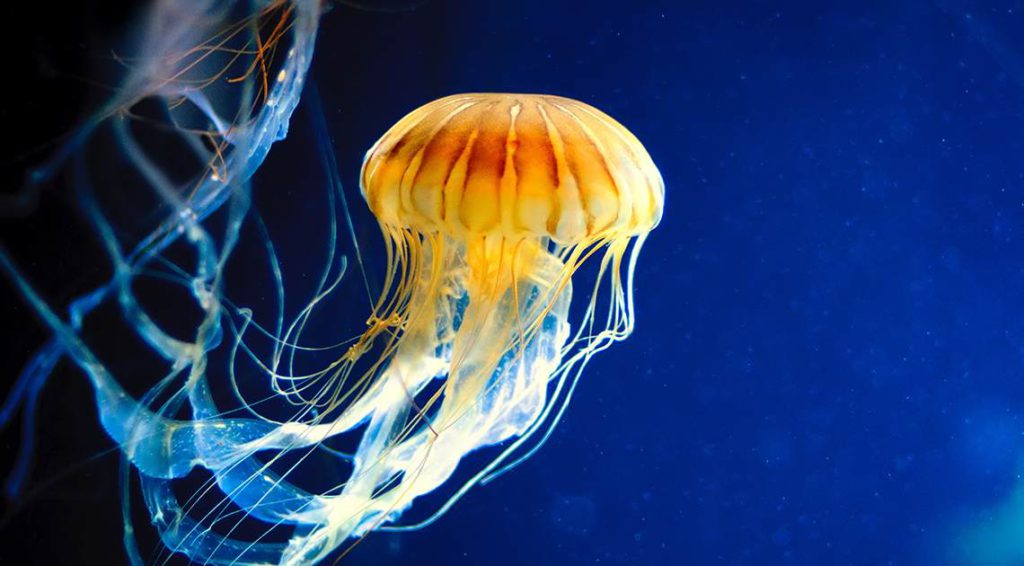
Fact 68
X chromosomes are responsible for colour vision. You will have full-colour vision as long as at least one X chromosome is functioning properly. Men are more likely to be colourblind than women since men have only one X chromosome while women have two.
Fact 69
Mercury can disintegrate gold just by coming into touch with it. When gold leaves are combined with mercury, a phenomenon known as assimilation occurs, in which the gold leaf appears to be sucked into the mercury.
Fact 70
The gene that determines human skin colour is the same gene that determines zebrafish colour.
Fact 71
Manganese heptoxide, often known as manganese(VII) oxide “Mn2O7,” is a highly reactive inorganic chemical. When this volatile liquid comes into touch with nearly anything, it becomes a tremendously powerful oxidising agent that will burn vigorously or even explode.
Fact 72
Ton 618 is a tremendously enormous black hole that dwarfs the black hole at the centre of our galaxy. Previously, scientists did not believe it was feasible for a black hole to grow to that size.
Fact 73
Scutes are the huge bony scales found on sturgeons.
Fact 74
The human heart is myogenic, which means that the stimulation that causes it to beat comes from the heart muscle itself, not from our neurological system.
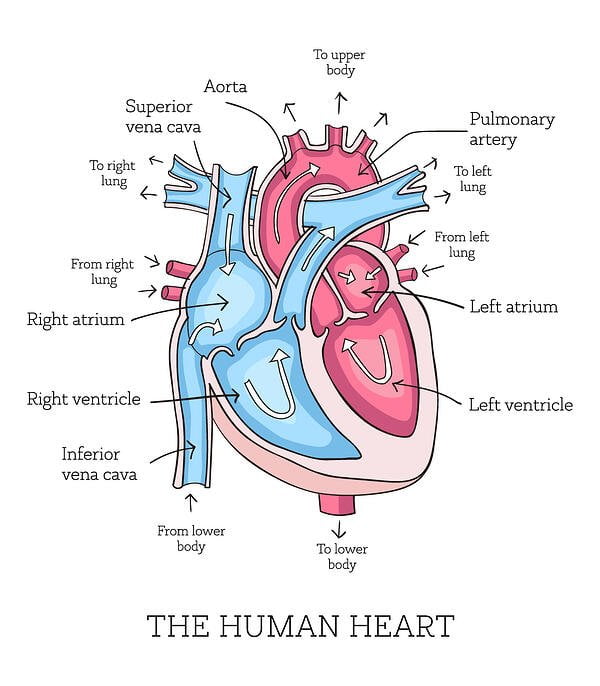
Fact 76
Spiders use “balloons” constructed of webs to fly on electromagnetic waves. Spiders lack extensor muscles as well, although they do have flexor muscles. That implies they can expand their limbs by pumping blood (haemolymph) through them, then retract them like a regular limb. The sole herbivorous spider species is B. Kipling, which is appropriately green.
Fact 77
Enceladus, Saturn’s moon that Cassini explored, has tiger stripes that shoot ice and other debris into Saturn’s orbit. One of Saturn’s many rings is thought to be caused by this phenomenon, according to scientists.
Fact 78
The prefrontal cortex, which is responsible for pleasure deferment, emotional regulation, thinking, and other functions, does not fully mature until approximately the age of 25, whereas the rest of the brain does so when puberty begins. Furthermore, the number of neurons in the prefrontal cortex decreases rather than increases during this process.
Fact 79
Alligators can bite through steel with their bite strength of 2,125 pounds per square inch. Crocodiles, on the other hand, have a bite strength of roughly 5,000 PSI. When it comes to opening their jaws, however, they have relatively little jaw strength, thus you could easily keep their mouths shut.
Fact 80
Mercury isn’t the hottest planet in the Solar System even though it is closest to the Sun. It is, in fact, Venus because it has a lot of Carbon Dioxide (which is a greenhouse gas).
Fact 81
Special relativity is responsible for gold’s hue. Gold would be silvery in colour if it weren’t for relativistic processes operating on electrons travelling near the speed of light (like most other metals).
Fact 82
Because sneezing puts so much stress on the body, it’s possible to break or fracture a rib if you sneeze hard enough.

Fact 83
The almond tree has a 60-year lifespan on average.
Fact 84
Non-Newtonian fluids include custard, ketchup, and toothpaste.
Fact 85
Falcons have a closer relationship to parrots than hawks.
Fact 86
Bees can only fly if the wind speed is less than 15 km/h.
Fact 87
The cosmic web is a vast network of galaxies that stretches millions of light-years across space.
Fact 88
At negative 40 degrees, Celsius and Fahrenheit are the same temperatures.
Fact 89
On Earth, there are more trees than stars in our galaxy.
Fact 90
Oxygen has a distinct colour. Oxygen is a colourless and odourless gas. However, it appears pale blue in both liquid and solid form.
Fact 91
Only one letter is missing from the periodic table. It’s the letter J that you’re looking for.
Fact 92
Water that is hot freezes faster than water that is cold.
Fact 93
Coldwater warms up more quickly than hot water.
Fact 94
Fungi are connected to humans. According to a 2015 study from the University of Cambridge, mankind may have developed with genes from plants.
Fact 95
Stainless steel can be dissolved by stomach acid.
Extras: Human DNA Explained and How it Works
Fact 96
The Amazon jungle produces 20% of the world’s oxygen.
Fact 97
Some metals are so reactive that when they come into touch with water, they explode.
Fact 98
Hundreds of trillions of minute plankton fossils are used to make chalk.
Fact 99
Plants, fungi, and other microorganisms account for about 1% of our genes.
Fact 100
Infrared cameras have a hard time detecting polar bears.
Conclusion
Science is a great field of study that brings us closer to ourselves and the world that we live in. It is fascinating the way humankind has uncovered so much yet there is so much left still to discover and explore. With time, it is possible and inevitably will be disclosed. Although, now it is just up to us to learn and grow through science. Do check out another article on India’s contribution to science and technology.
Frequently Asked Questions
Question 1: Who are the top scientists of all time?
Answer:
| Sr. No. | Name |
| 1 | Albert Einstein |
| 2 | Marie Curie |
| 3 | Isaac Newton |
| 4 | Charles Darwin |
| 5 | Nikola Tesla |
| 6 | Galileo Galilei |
| 7 | Ada Lovelace |
| 8 | Pythagoras |
| 9 | Carl Linnaeus |
| 10 | Rosalind Franklin |
Question 2: Who invented the Airplane?
Answer: The Wright Brothers
Question 3: Which tree has the longest lifespan?
Answer: Bristlecone Pine of Great Basin. The Great Basin Bristlecone Pine (Pinus Longaeva) is the world’s oldest tree, having lived for more than 5,000 years. The Bristlecone pine’s ability to live a long life is due to the hostile environment in which it grows.
Share with your friends




